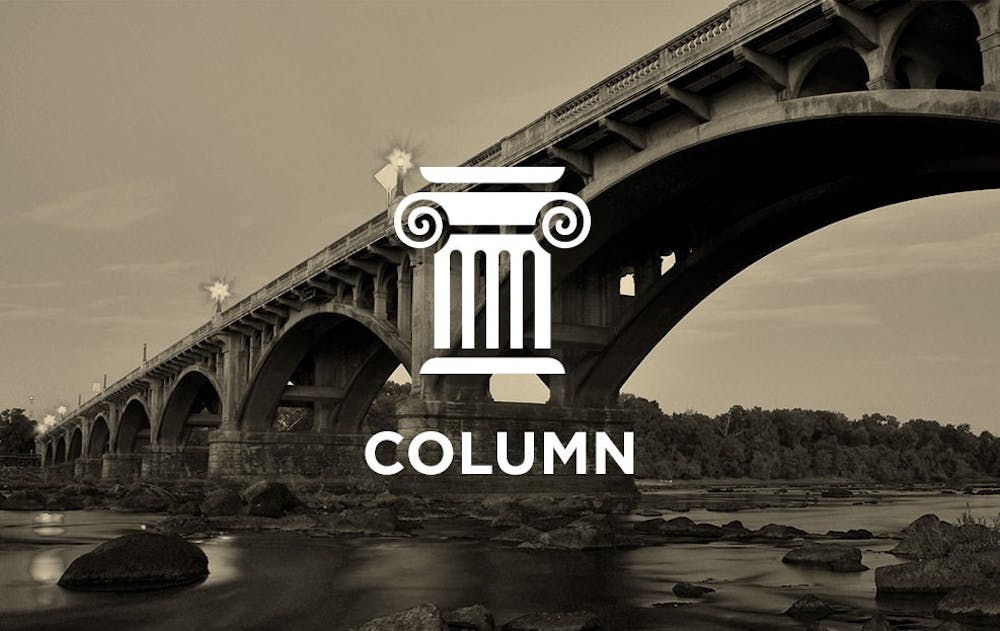In 2001, the South Carolina legislature approved a monument to African-American history on the Statehouse grounds. The move came as they debated whether to move the Confederate flag from its perch on top of the Statehouse.
Today the monument stands but the Confederate Flag flies no more. But I want to argue that the monument says more about how we got President Donald Trump than the battle over the flag ever did.
The monument contains an obelisk, stones from various African countries and a diagram of a slave ship. But, more importantly, it contains a set of bronze panels that depict the supposed history of black people in the state. It features scenes of slavery, emancipation and the civil rights movement. And then it ends with pictures of successful black people being athletes, scholars, doctors and astronauts. Equality has been achieved and all is good in the land.
I didn’t notice that the first couple times I looked at it. Nothing stood out there. Might have never caught it if my mother hadn’t pointed it out to me.
I grew up as a white person in the suburbs of Indianapolis. Although no one talked about it that way, the metropolitan schools are pretty much segregated and have been since busing stopped in the '90s. We never talked about busing in much detail in history classes. Almost all of them ended around the Civil War, anyway, and the only one that got to the present era subscribed to the same myths as the Statehouse monument. There was almost no talk of discrimination as something that still happened, especially up North. Comments on black people’s treatment in the North in general tended to stop after abolition and the Fugitive Slave Act. Segregation was a long-dead beast.
And if people of color really achieved equality decades ago, then the liberal insistence on talking about race and gender is simple identity politics: a form of theft from the white community. Statistics show the prevalence of this viewpoint. Most white people believe discrimination against whites is worse than that against people of color. And that’s a hard mentality to shake when confirmation bias comes into effect.
A lot of my conversations with white friends and relatives on race have boiled down to people simply refusing to accept individual arguments, and then grasping for some weakness in every proof that racism exists. Protesters are paid professionals. Hate crimes are staged. The police’s story says the cop did nothing wrong. Individual studies have some minor methodology flaw.
For all the finger-waving conservatives have done about liberals living in bubbles, most white people I knew up North definitely lived in mostly closed circles. The neighborhoods and metropolitan areas are segregated and bad public transportation prevents people from moving out from the inner cities. Combined with the overwhelmingly white nature of rural areas and you end up with a lot of white people living in worlds where their conditioning never needs checked.
Maybe they aren’t proud Confederate flag waving white nationalists, although there are certainly a lot of those in Southern Indiana. But they don’t view racial discrimination as a real problem with real victims in the 21st century. So if they think that a President Trump will help them, they’ll give him their vote without batting an eyelash.
This idea isn’t new. People of color have been talking about it for decades. In his “Letter from a Birmingham Jail,” Martin Luther King Jr. lamented that “the white moderate” was a bigger obstacle for civil rights than the Klan. This column is even heavily inspired by my close friend and former managing editor Rana Sobeih.
If all that is true, it doesn’t make much sense for liberals to focus their energy on convincing Americans that Trump is appointing white supremacists. They already had plenty of evidence that Trump was one himself and voted him in anyway. What we need to do is convince white America that white supremacy and other systems of oppression are real, still around and unfairly hurting their fellow citizens.
I plan to use my column to focus on doing that until I graduate. I have three semesters left and I won’t even get close to a comprehensive list of the ways our society still persecutes LGBT people, people of color, people with disabilities, Muslims, immigrants, women and other groups. But it’s what the media as a whole needs to do if it wants to keep this from happening again.

